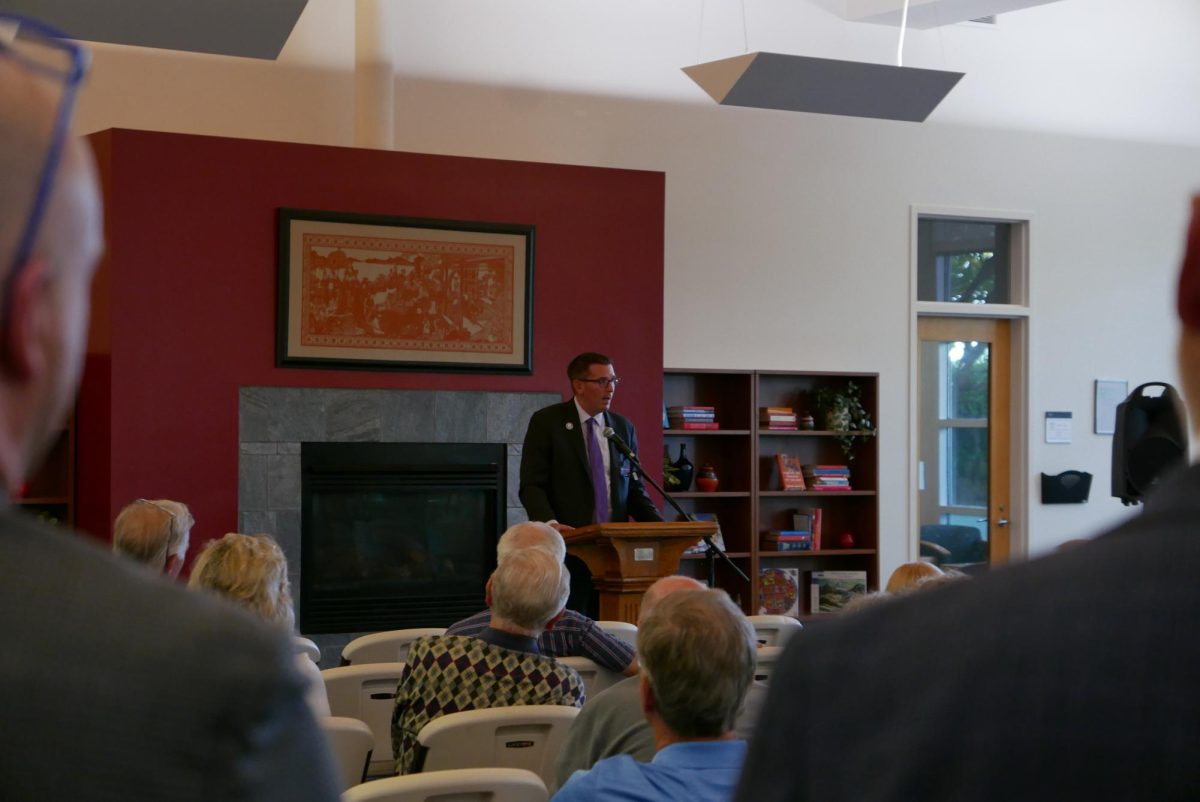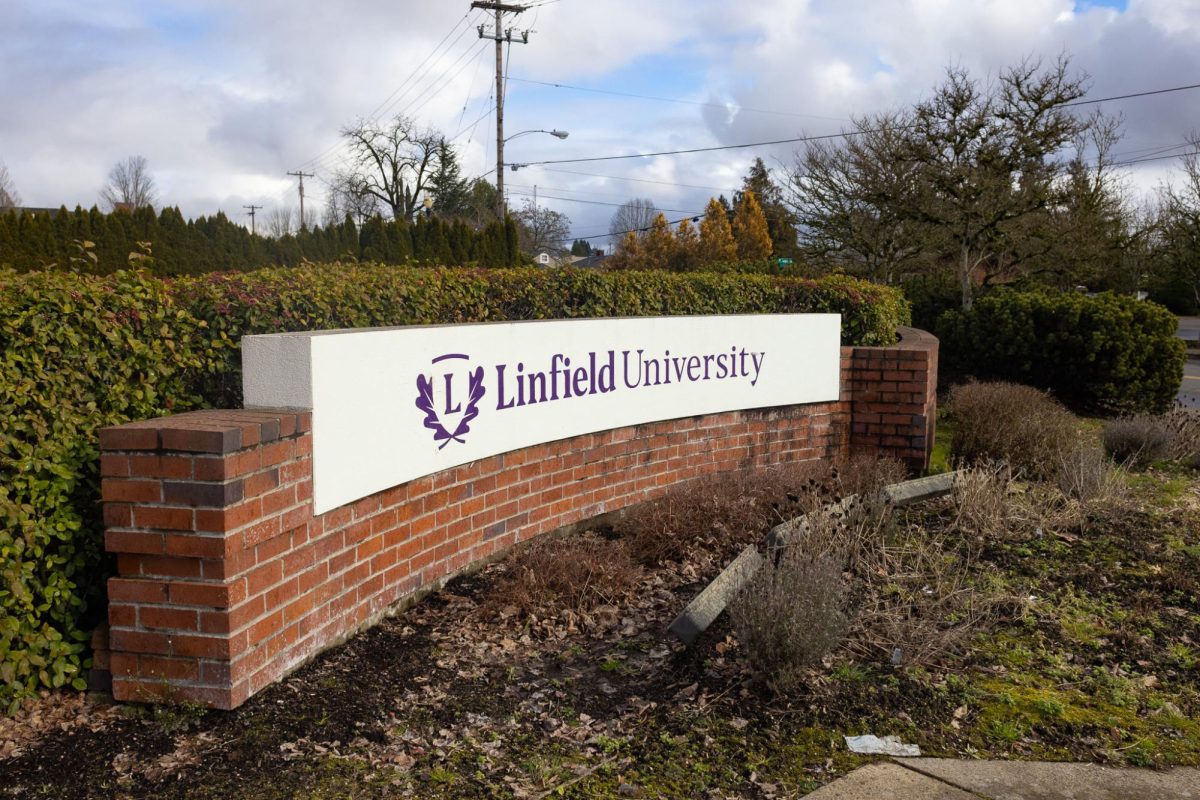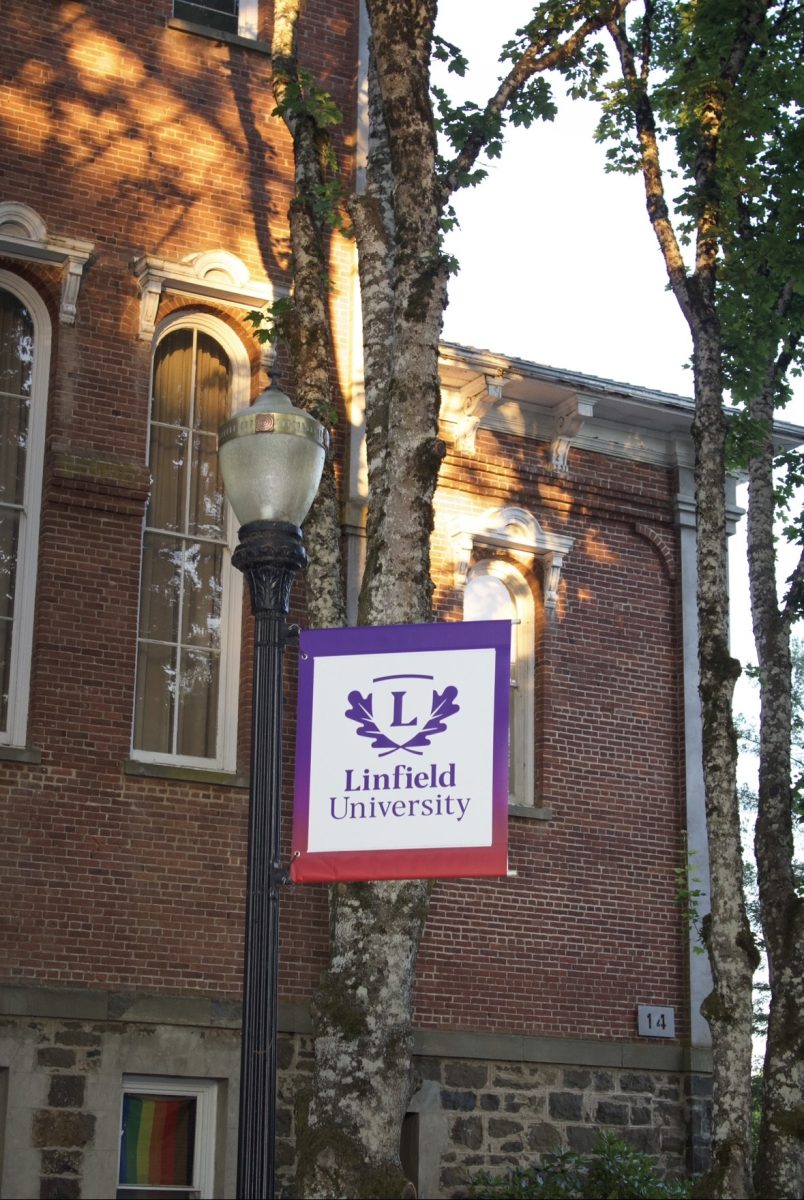As reported in the April 2 issue of the Review, tuition, along with other fees, are on the rise. This week’s issue delves deeper into those increases, along with the budget process.
Tuition: 5.35
DCE per-credit: 9.4
Jan. Term per-credit: 5.9
Board: 4
Residence halls: 5
HP apartments: 4
The above percentages are the increases that will help keep the college operating in 2010-11.
However, these are the same increases that will affect every Linfield student: at the McMinnville campus, the Portland nursing campus or those taking courses through the Division of Continuing Education.
And despite recently passed federal legislation affecting student loans and other forms of repayment for college students,
they will be more hard-pressed than ever to fork over enough money to attend college.
Even with unfunded student financial aid increasing 11.1 percent to $18.5 million, students, at face value, will still have to contend with a 1.9 percent increase in tuition alone, not to mention room and board (and January Term, if applicable) fees.
However, these decisions were made neither lightly nor quickly. The process is a tedious and headache-inducing endeavor.
The Process
To kick-start this process, college officials request that each college department compiles a budget for the following year.
These proposals are then sent to the Budget Advisory Committee, a group of 12 numbers, including W. Glenn Ford, vice president for finance and administration and chief financial officer; Victoria McGillian, vice president for academic affairs and dean of faculty; and senior Chris McIsaac, ASLC vice president of business and finance.
McIsaac serves as the student representative for the BAC.
“I was involved to the extent that every other member was,” McIsaac said. “Other members of the BAC were responsive and respectful of my thoughts. I felt that the budget that the president’s cabinet gave us was a good budget, and there was nothing to change. The BAC understood that I was representing the student body — without the students, there is no college, which meant my voice was important. I attended every meeting [starting in December], the open budget forums and the presentations to the Portland and McMinnville [campuses].”
The BAC then reviews the proposed cabinet budget and makes recommendations, which are sent back to the college president.
McIsaac said the majority of the work was completed during January, culminating in about 20 hours of work.
In a rare moment of perfect harmony, both the BAC and the cabinet proposed the same budget for next year.
From there, the proposal returns to the president, where it is then sent to the board of trustees for final approval.
Breakdown
In an effort to inform students of the budget, Ford presented it to the ASLC Senate on March 29.
Despite a lack of hard-hitting, in-depth questions from senators or students, the presentation provided a much-needed sense of transparency regarding the college budget.
According to the PowerPoint presentation, the college is expecting revenue of $54,842,707 next year from $54,630,580 last year, an increase of 4.2 percent.
Specific revenue for next year’s budget include: tuition, $40,367,638 (73.6 percent of the budget); residence halls and dining, $8,600,454 (16.6 percent); other (not specified), $3,708,667 (6.8 percent); endowment draws, $879,000 (1.6 percent); and gifts to the college, $800,000 (1.5 percent).
Expenses will total $55,192,707 for next year, $350,000 more than what is expected to be earned through revenue.
College officials are planning on spending $36,243,150 (65.7 percent of the budget) on personnel costs alone, an increase of more than $1 million from last year (3.01 percent).
Aditional expenses include: operating costs, $10,874,288 (19.7 percent); other expenses (not specified), $4,086,853 (7.4 percent); debt service and capital, $3,588,416 (6.5 percent); and reserve, $400,000 (0.7 percent).
Overall, expenses for the 2010-11 year will increase 4.18 percent, or $2,212,127.
An expected $350,000 gap (more expenses than revenue) for the 2010-11 year will be covered by one-time dollars set aside in an enrollment stabilization reserve fund, Ford said.
During 2009-10, expenses also exceeded revenue by $350,000. While budgeted revenue for 2010-11 is increasing by 0.2 percent more than expenses this year, this does not mean that Linfield will have greater revenue.
“I was not disappointed with anything because I thought we did a thorough job of combing through the budget and making sure we discussed everything,” McIsaac said. “The rise in tuition is pretty standard for most colleges.”
For more information about the college budget, contact Ford at [email protected].
A Q&A session with Ford will be in next week’s issue.
Dominic Baez
Editor-in-chief Dominic Baez can be reached at [email protected]
Graphic courtesy of W. Glenn Ford






